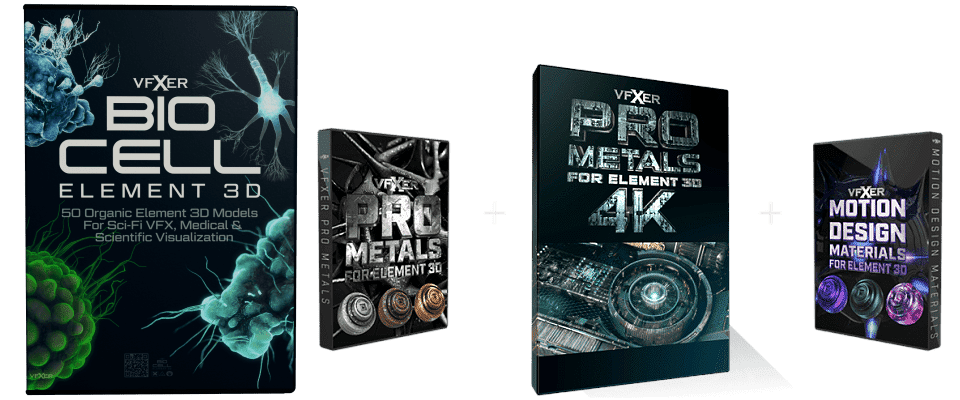In this series we explore the treasure trove of VFX tutorials from the archives. Join us on a journey back in time to revisit the timeless teachings of Andrew Kramer and Video Copilot. Despite changes in software and trends, the practical wisdom embedded in these classic tutorials remains just as relevant today. Here’s another classic – Sub Surface Skin and stars his friend and sidekick Sam Loya.
Part 1: Introduction and Inspiration:
Andrew Kramer introduces the tutorial, drawing inspiration from the subsurface skin effects seen in Iron Man 3. He highlights the goal of creating a menacing effect reminiscent of the film’s villains and announces the involvement of Sam Loya to aid in the demonstration.
Part 2: Footage Import and Preparation:
Andrew begins by importing the footage of Sam Loya into After Effects. He emphasizes the importance of precise motion tracking and demonstrates how to accomplish this using the specialized tracking tool, Mocha AE. Andrew meticulously selects the area of Sam’s face to track, ensuring it encompasses regions with minimal movement, such as the cheek.
Part 3: Creation of Illumination Map:
With the tracked area established, Andrew proceeds to create the foundation for the subsurface illumination effect. He generates a new solid within After Effects and applies the fractal noise effect to it. Andrew meticulously adjusts the parameters of the fractal noise to achieve a dynamic texture that simulates light passing through the skin. A mask is then meticulously drawn around the tracked area to confine the effect, ensuring it remains localized to the desired region.
Part 4: Development of Vein Network:
Leveraging pre-existing vein elements, Andrew strategically places them around Sam’s face within the tracked area. He demonstrates how to manipulate the veins’ properties, such as blending modes and blurs, to simulate depth and complexity. Multiple vein layers are carefully arranged and adjusted to create a convincing network beneath the skin’s surface.
Part 5: Integration of Layers:
The various vein layers are consolidated and combined with the illumination map to create a cohesive effect. Andrew emphasizes the importance of refining the integration to achieve a seamless transition between the illuminated skin and the underlying vein network. Additional adjustments, such as feathering and blur effects, are applied to enhance realism and depth.
Part 6: Enhancement of Eye Color:
Andrew showcases the process of tracking and colorizing Sam’s eyes to add depth and character to the effect. By accurately tracking the eye movements and applying color adjustments, Andrew ensures the eyes seamlessly blend with the overall aesthetic of the scene.
Part 7: Implementation of Parallax Effect:
To further enhance the illusion of depth, Andrew introduces a subtle parallax effect. By animating the position of background layers based on Sam’s head movements, Andrew creates a convincing sense of depth and dimensionality within the scene.
Part 8: Refinement and Finalization:
Andrew meticulously refines the animation by fine-tuning various parameters, such as feathering, blur intensity, and color correction. Glow effects are strategically added to enhance the overall visual impact and cohesion of the scene.



